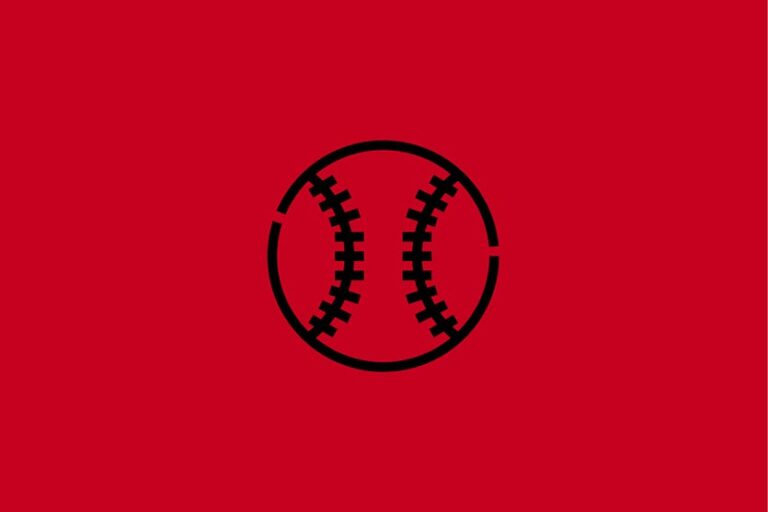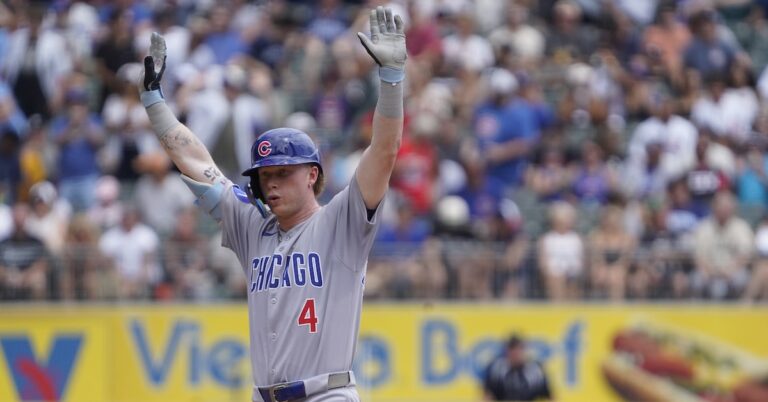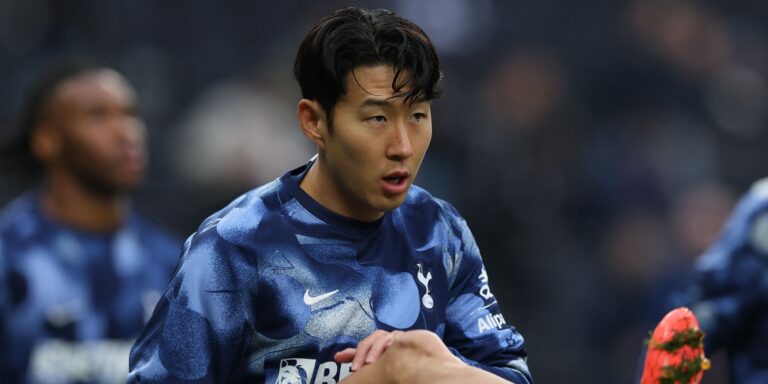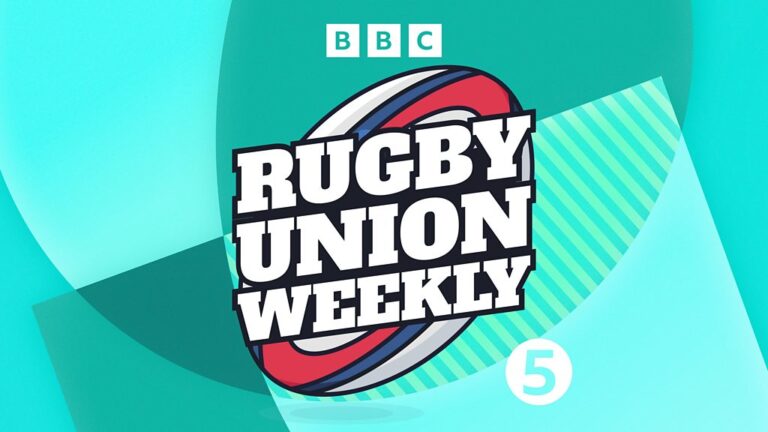

This newsletter is devoting several months to an examination of past greatness. It’s focusing on history’s top 50 ballclubs — collectively known as the Best 50 — as determined by my new book, Baseball’s Best (and Worst) Teams. We’ve reached No. 25 on the all-time list, the 1936 New York Yankees.
Here’s a quick boilerplate explanation that I’m appending to every story in this series:
I compiled the Best 50 by analyzing 2,544 major-league teams from 1903 to 2024. Those clubs have been ranked by their team scores (TS), which are plotted on a 100-point scale. (A given club’s all-time percentile is the percentage of the other 2,543 teams that it outperformed.)
See my book for an explanation of my TS calculations. The book also offers separate breakdowns of the best and worst clubs for every decade and franchise, comprehensive profiles of the Best 50 (including position-by-position lineups and much more information than you’ll find in this newsletter), and similar summaries of the 10 worst teams of all time.
Now on to today’s profile.
-
Team: 1936 New York Yankees
-
Team score: 87.040 points
-
All-time rank: 25 of 2,544
-
All-time percentile: 99.06%
-
Season record: 102-51 (.667)
-
Season position: First place in American League
-
Final status: World champion
Most franchises would have been overjoyed with their record between 1929 and 1935, but the Yankees disdained the span as a fallow period. They won an American League pennant and a world title in 1932, yet otherwise finished in second place five times and third place once.
Babe Ruth left New York after the 1934 season, but Lou Gehrig remained a stalwart at first base. “I didn’t manage Ruth at his peak,” said manager Joe McCarthy, “but how could anyone be greater than Gehrig?” The latter would smash 49 home runs in 1936, topping the majors.
Gehrig was joined by a heralded rookie, Joe DiMaggio, a 21-year-old outfielder. “Yankee fans regard him as the Moses who is to lead their club out of the second-place wilderness,” wrote Dan Daniel in the Sporting News. DiMaggio paid immediate dividends, batting .364 in his first 50 games.
The Yankees were equally hot. They rolled to a 10-game lead over their closest AL pursuer by the beginning of July, then pushed the final margin to 19.5 games.
Get the complete lowdown on the 50 greatest (and 10 weakest) clubs of all time
The World Series featured a pair of New York teams for the fourth time. The Giants had won the first two matchups in 1921 and 1922, the Yankees the third in 1923.
The American Leaguers were installed as heavy favorites in 1936. The Chicago Tribune’s Irving Vaughan spoke for most sportswriters. “The Yankees’ power at bat,” he wrote, “entitles them to be doped as probable winners.” But the Giants initially defied the conventional wisdom, winning Game One with unexpected ease, 6-1.
The Yankees unleashed their offense in the subsequent game, shellacking the Giants, 18-4, thereby setting the tone for the rest of the series. They wrapped up the title with another rout in Game Six. Final score: Yankees, 13, Giants 5.
A new installment will arrive in your email each Tuesday and Friday morning
Lou Gehrig had played every single game since June 1, 1925, running his streak of consecutive appearances to 1,653 by the opening day of 1936. (It would eventually reach the immortal number of 2,130.) The Iron Horse predictably started all 155 games (including two ties) in ’36.
But Gehrig was not simply a paragon of durability. The first baseman was the only hitter in either league to exceed 45 homers and 150 RBIs. (His totals were 49 and 152.) “Just the complete ballplayer and answer to a manager’s prayer,” said Joe McCarthy.
It soon became evident that the Yankees had found the 33-year-old Gehrig’s eventual successor as team leader. “[Joe] DiMaggio will develop into one of the grandest right-handed hitters of all within three years,” said Gehrig himself. He was wrong only about the timetable. DiMaggio enjoyed a marvelous rookie season, finishing fourth in the American League in homers (29) and eighth in RBIs (125).
Catcher Bill Dickey — whose .362 batting average ranked third in the league — functioned as McCarthy’s assistant manager. Tony Lazzeri served as the Yanks’ second baseman for the 11th season. George Selkirk carried the thankless burden of succeeding Babe Ruth in right field, even wearing Ruth’s hallowed No. 3. “Did I worry?” said Selkirk. “Well, I tried not to.” All three drove home more than 100 runs.
The starting rotation was strengthened by the offseason acquisition of Monte Pearson from Cleveland. He happily came to New York. “We are in the game for the revenues,” he told reporters. “And, as the Yanks are always up there toward the top year in and year out, it will mean more for me.”





